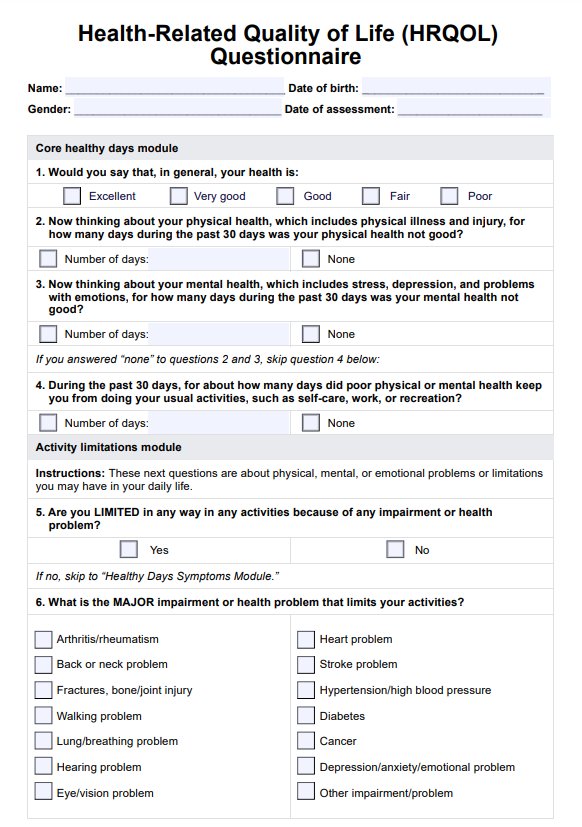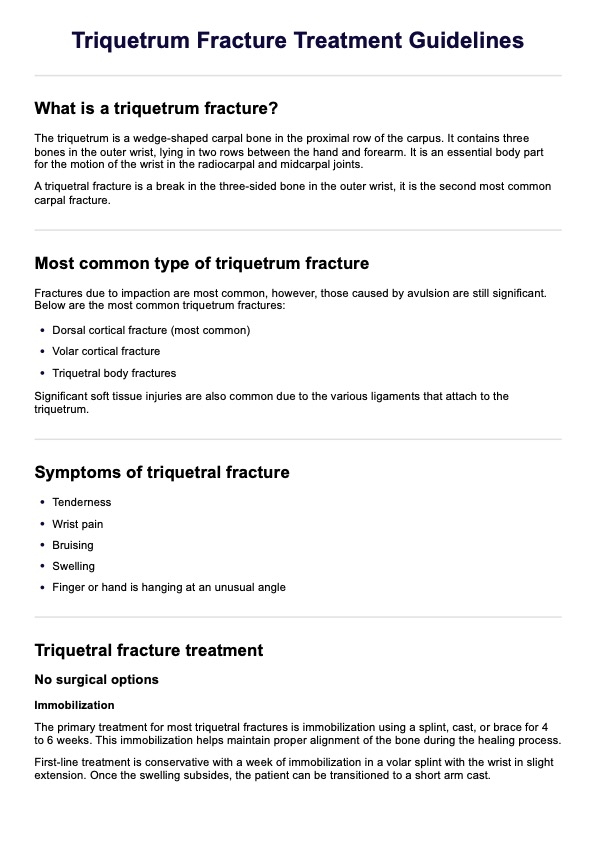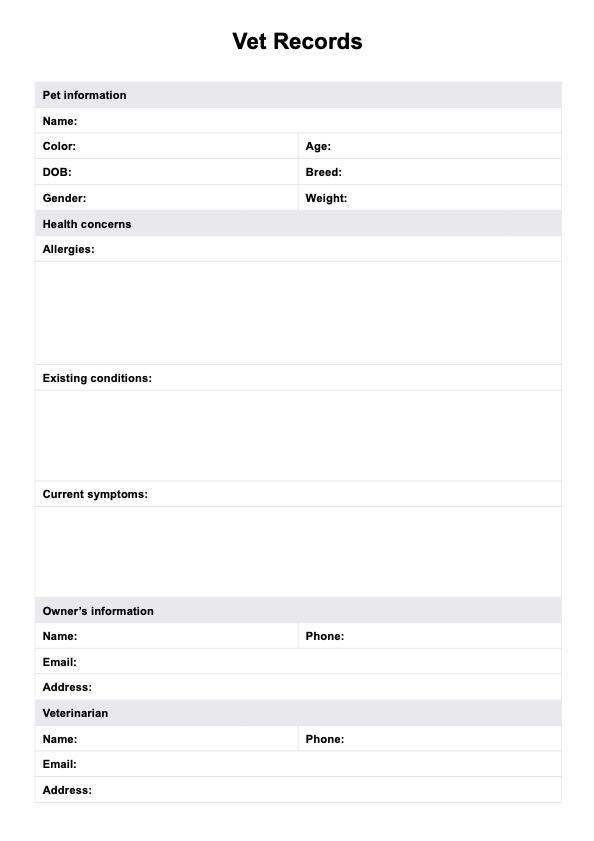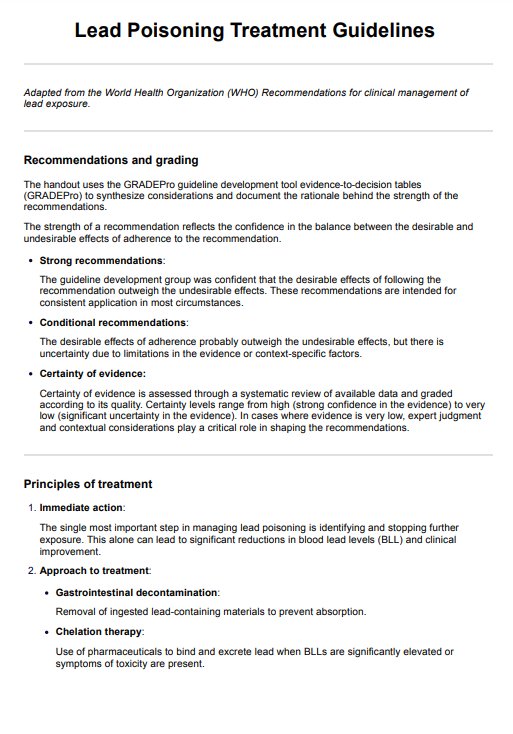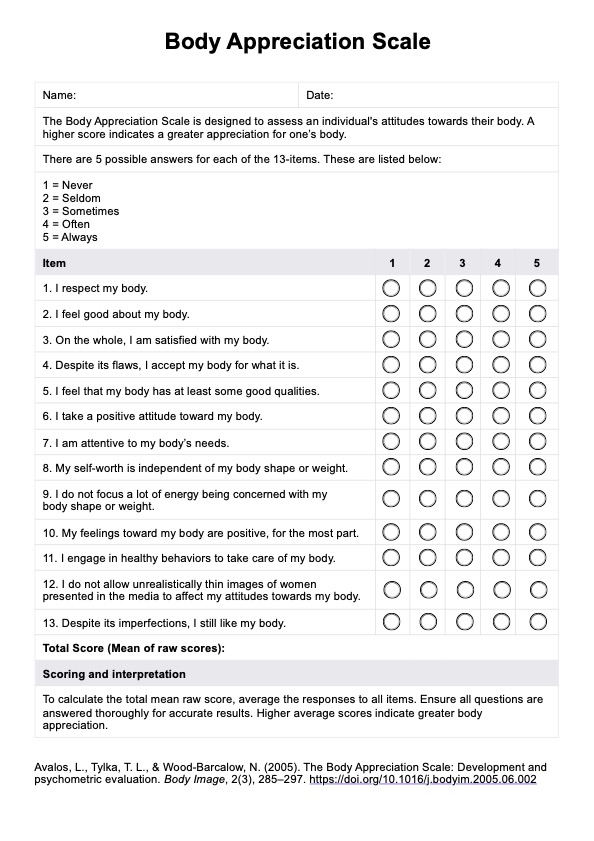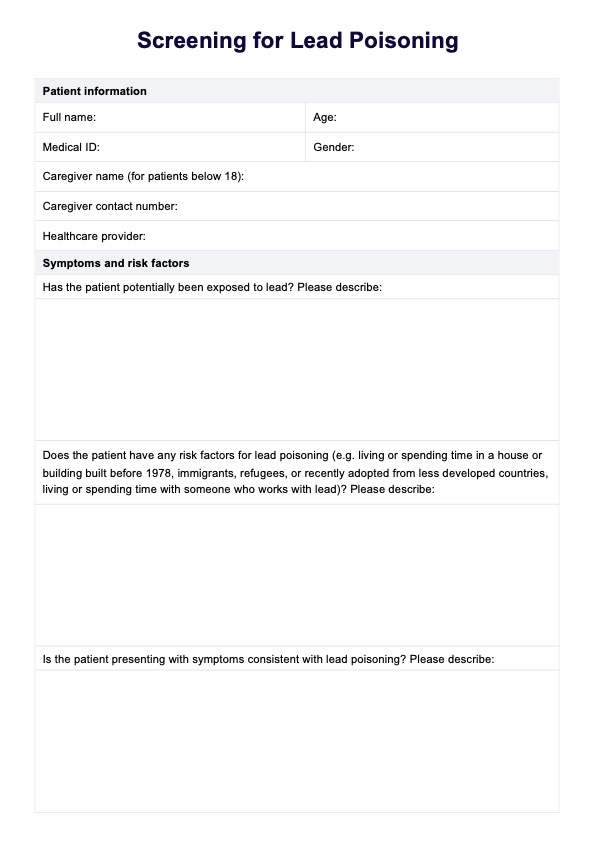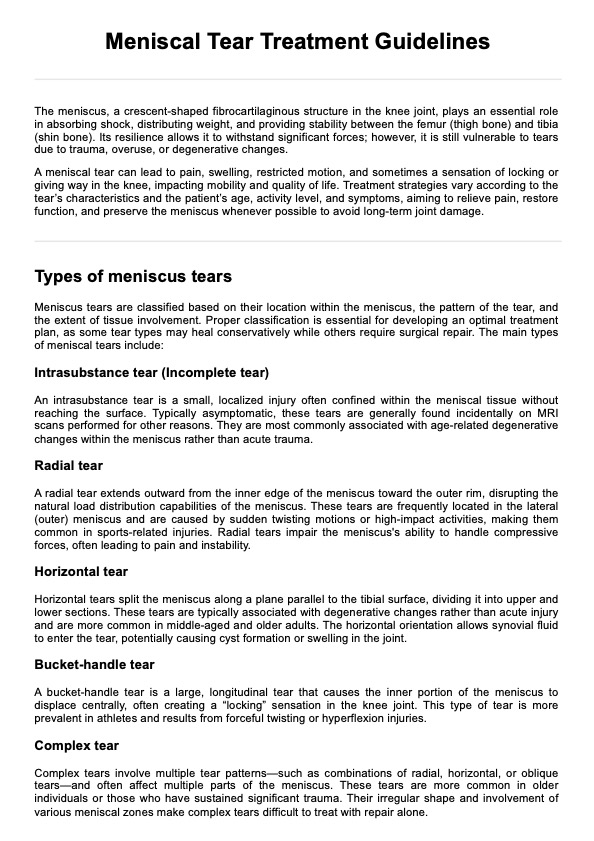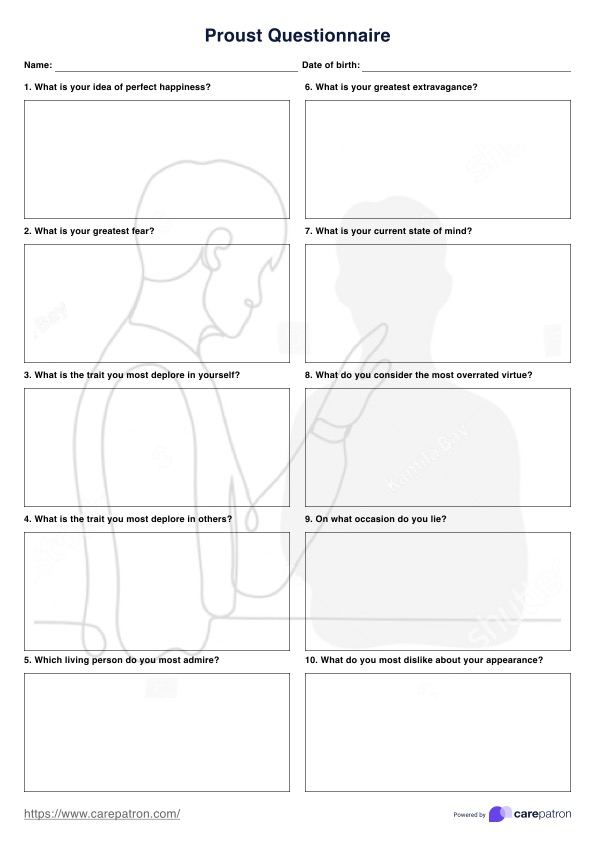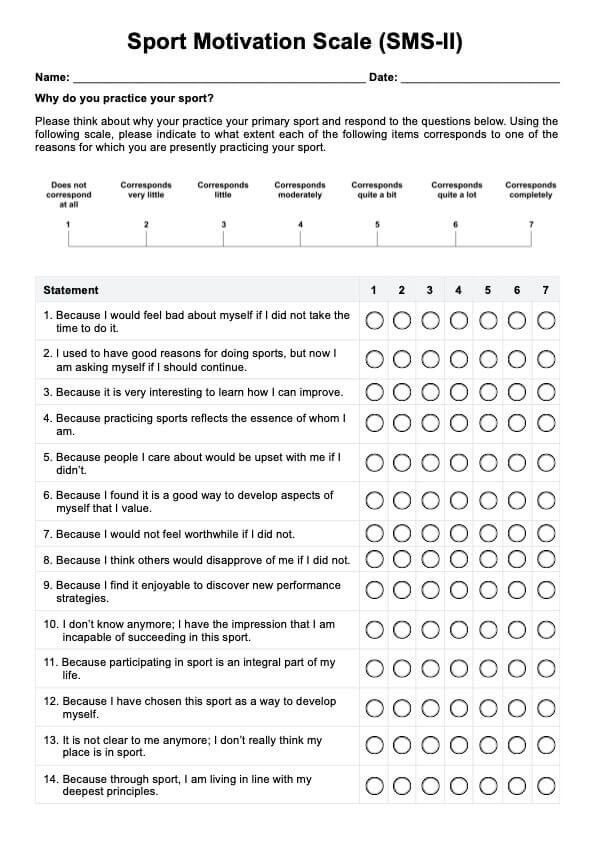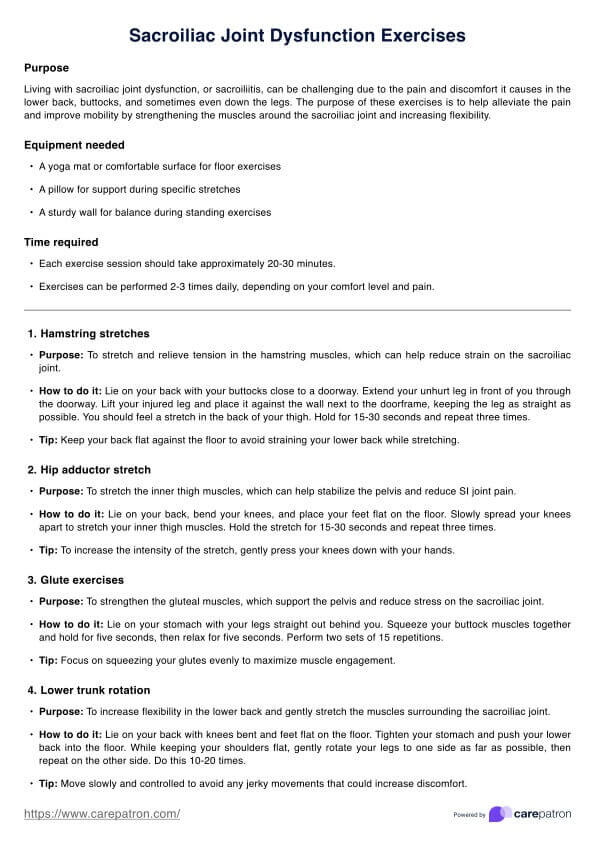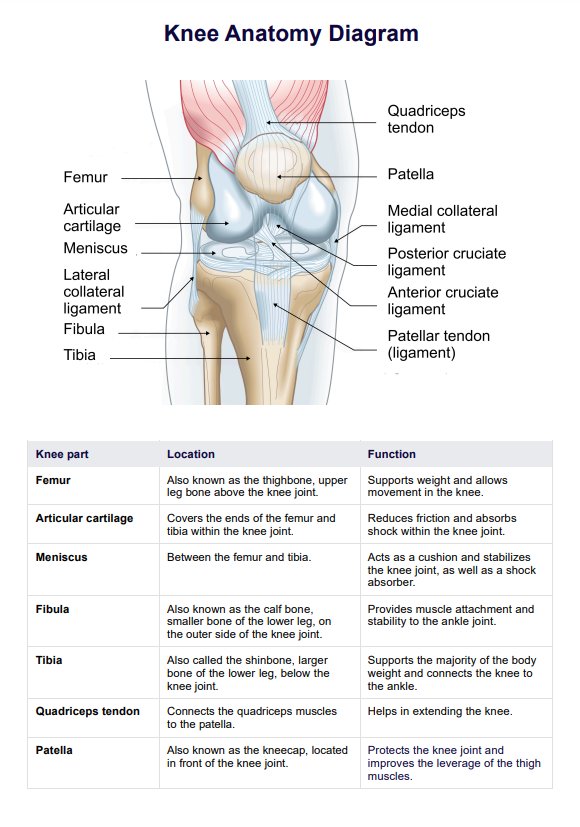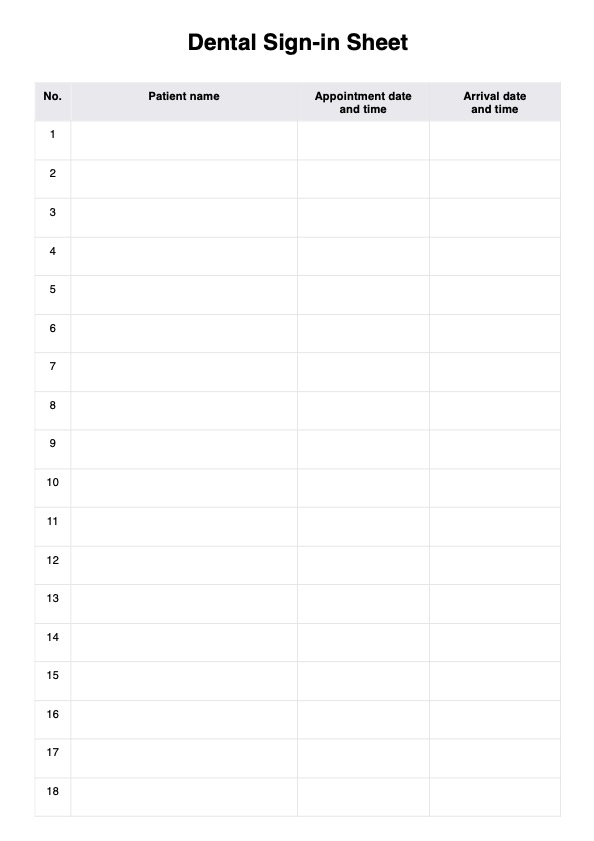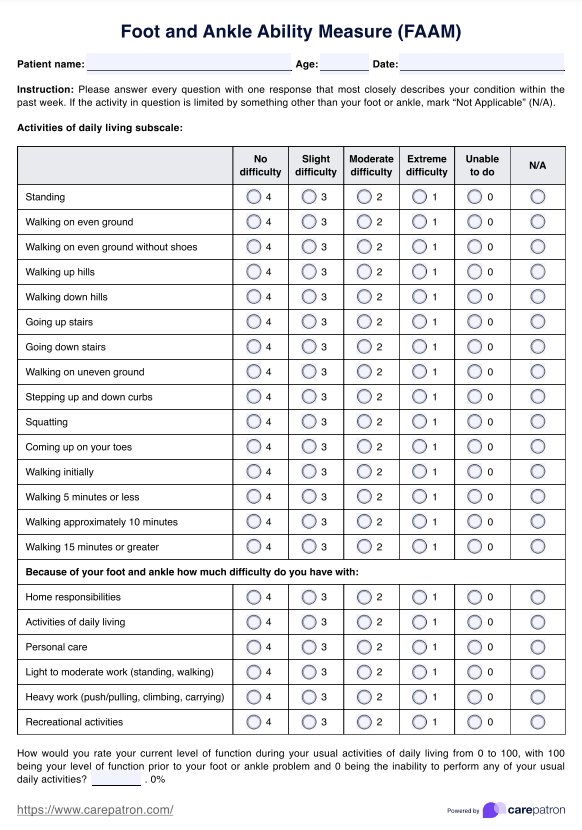VOMS Assessment
Use the VOMS Assessment to assess your patient for signs and symptoms of a concussion.


The impact of concussions on health
A concussion is a type of mild traumatic brain injury. This type of injury can affect a person's brain function in various ways.
Those who sustain a concussion from an accident will likely have recurring headaches, feel dizzy from time to time, have blurred vision now and then, have trouble concentrating, feel confused and nauseated, feel fatigued, and sometimes have difficulty balancing themselves. They might even start to develop problems such as mood swings and depression, become irritable, develop a sleep disorder, and experience sexual dysfunction. At the extreme, they might develop chronic traumatic encephalopathy if they repeatedly get concussions.
Causes of concussions
Concussions are caused when the brain bumps into the skull. Such a thing could happen! Here are the common causes of concussions:
- Falling down and hitting your head on a hard surface
- Motor vehicular accidents
- Sports-related accidents or participating in combat sports
- Anything that causes a sudden and strong whiplash to the head
VOMS Assessment Template
VOMS Assessment Sample
What is the Vestibular Ocular Motor Screening (VOMS) Assessment?
The Vestibular and Ocular Motor Screening Assessment, or the VOMS test or assessment for short, is a widely used concussion assessment with strong internal consistency. It's often preferred over or used alongside other common concussion screening tools, like the Balance Error Scoring System and the Sports Concussion Assessment Tool. Whether it's a sports-related concussion or motor vehicle accident-related, this tool will help a clinical examination meant for identifying patients who have sustained concussions.
This assessment focuses on the ocular and vestibular system, and it zooms into various aspects of that system, such as vestibular ocular reflex, visual motion sensitivity, vestibular/ocular motor impairments, and more.
VOMS testing involves the following:
- Checking for baseline symptoms: like headaches, dizziness, nausea, and fogginess before beginning the screening using a simple post-concussion symptom scale of 0 to 10 for those four symptoms
- Smooth pursuit: patients will follow the movements of a slowly moving target.
- Saccadic eye movements: examiners will test the patient's eyes' ability to move quickly between targets.
- Convergence: examiners will measure a patient's ability to view a near target without experiencing double vision.
- Horizontal and vertical vestibular-ocular reflex tests: the examiner will assess the patient's ability to stabilize their vision while their head moves.
- Visual motion sensitivity (VMS) test: the examiner will test the patient's visual motion sensitivity and the ability to inhibit vestibular-induced eye movements using vision.
How are the results interpreted?
Please note this assessment provokes symptoms and will rely on patient-reported symptom provocation.
Each assessment portion will be rated based on the patient's headache, dizziness, nausea, and fogginess. Some portions have event comment boxes to indicate other observations or things that the patient reports, like experiencing ocular pain during the ocular reflex tests.
Examiners will have to go by the self-ratings of the patient and act according to the intensity of each symptom. The higher the rating, the higher the intensity of the symptoms.
Next steps after conducting this assessment
The next step would be to diagnose the concussion, but this requires conducting other assessments to ensure consistency, so it would be best to conduct other assessments before making an official diagnosis. This might even involve imaging tests like CT scans and MRIs if the potential concussion is believed to be of a serious nature.
Once an official diagnosis has been made, treatment can begin.
Note that you can use this test as a monitoring tool after making an official diagnosis. This is a good way of keeping track of your patient’s symptoms. Using this as a monitoring tool will allow you to observe if a patient has weaker fogginess symptoms compared to the initial testing. This can be done for the other symptoms as well.
How to use our VOMS Assessment template
Now that you know the gist of what the VOMS Assessment is all about, we'd like you to know that we created a template that you can use while conducting it!
The template comes in the form of a table. On the right side, you'll see a list of the following:
- Baseline symptoms
- Smooth pursuits
- Saccades - horizontal
- Saccades - vertical
- Convergence (near point)
- VOR - horizontal
- VOR - vertical
- Visual motion sensitivity test
To the right of this list are columns indicating if they were tested for each item above and then rating boxes for headaches, dizziness, nausea, and fogginess. You need to write down the number ratings for each that the patient gives (0 to 10).
The rightmost column is for indicating comments. Patients can inform examiners about things they feel during the test that aren't any of the four symptoms mentioned. The only portion that doesn't have a comments box is for the convergence part. Instead of comments, examiners must indicate near-point measurements in centimeters (cm).
The template has an instructions page on what to do for each item of the list, so you can check if you need guidance on conducting each part of the assessment.
How are concussions treated?
Concussions are treated and managed by getting lots of rest. This involves getting a good night’s sleep daily and having nap breaks. This also involves avoiding certain activities, specifically those that put them at risk of shaking or hitting their head, those that require heavy concentration, and maybe avoiding spending too much time looking at a computer or TV screen because they might cause headaches and dizziness. A multidisciplinary approach is crucial in the treatment of concussions to ensure comprehensive care and address all aspects of recovery.
If these symptoms persist for several weeks or months, then the patient must get checked for post-concussion syndrome.
Commonly asked questions
It can be accomplished within 5 to 10 minutes.
The Sports Concussion Assessment Tool, Sideline Assessment of Concussion, and the Balance Error Scoring System are good choices. Conducting those assessments to cover as much ground as possible is best.
80% of the time, people recover from concussions between 10 to 14 days. However, if the person is an athlete, they shouldn’t return to training or competition immediately. They need to avoid physical activity for several weeks or maybe months, depending on how severe the concussion is.
Baseline testing is crucial as it provides an initial assessment of symptoms, helping to identify any changes or improvements over time.














